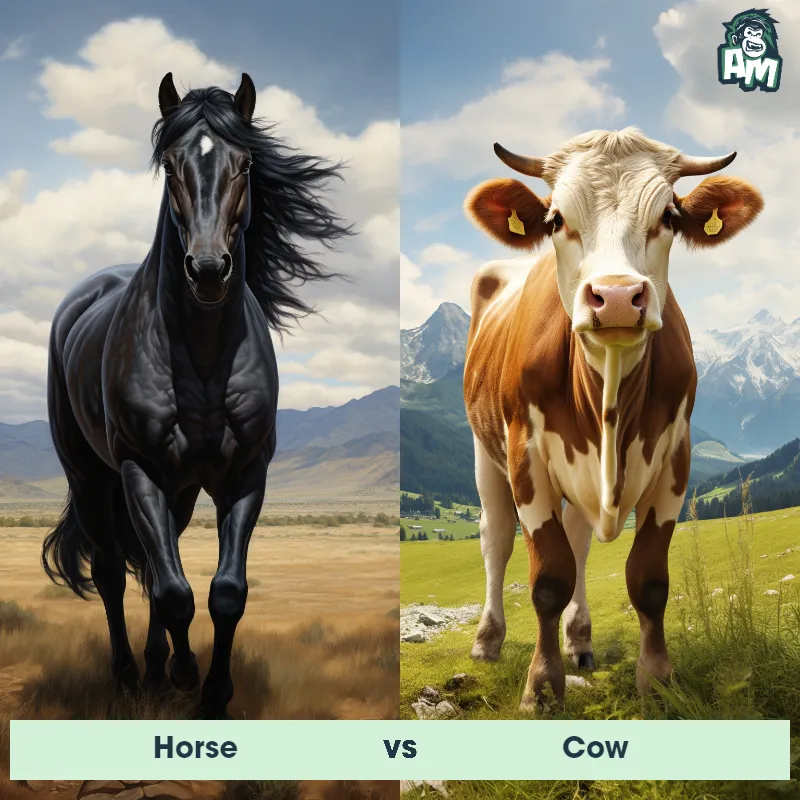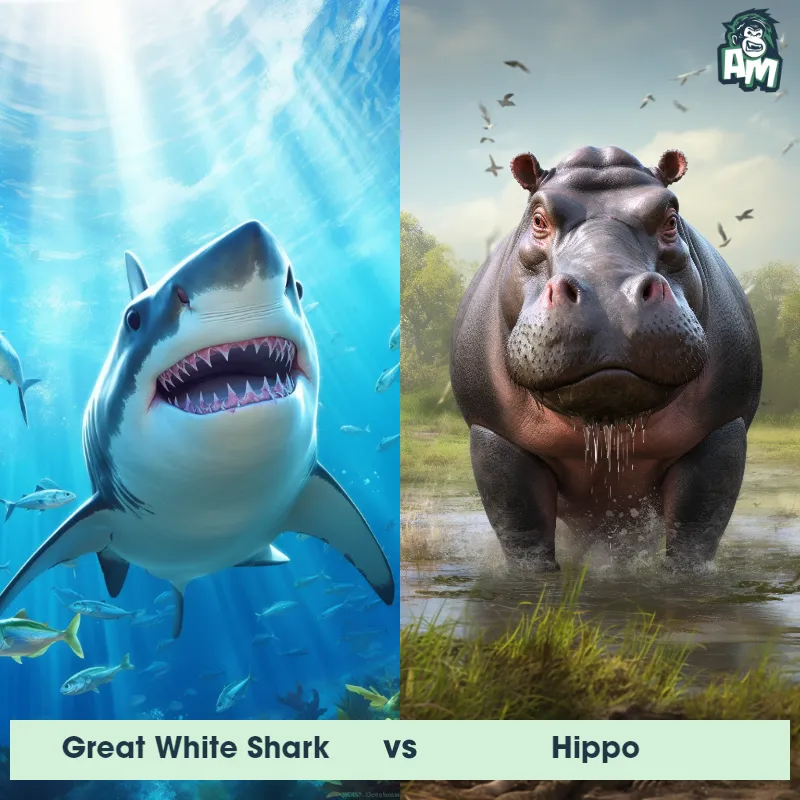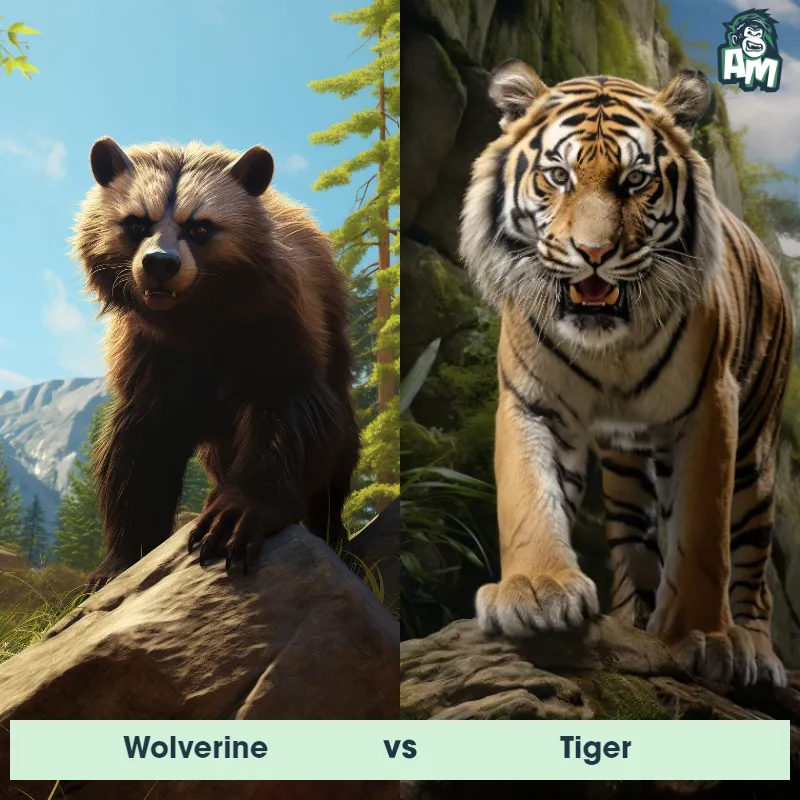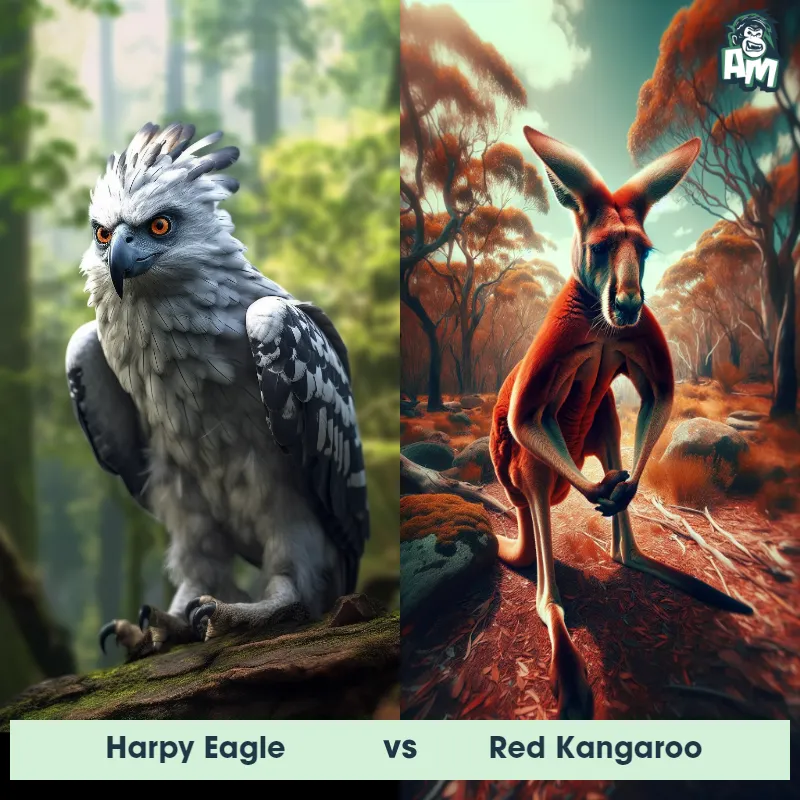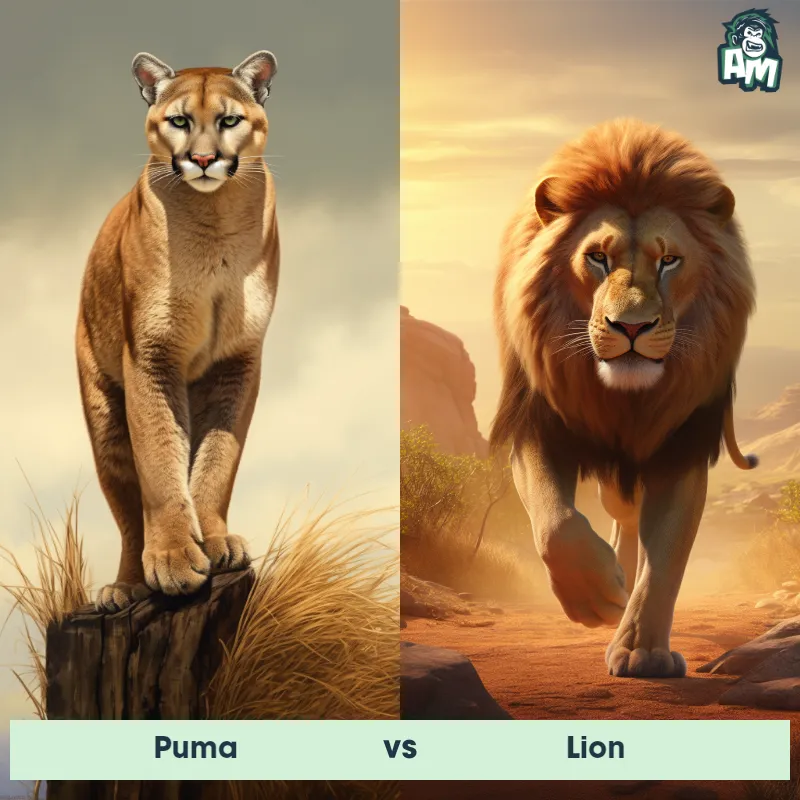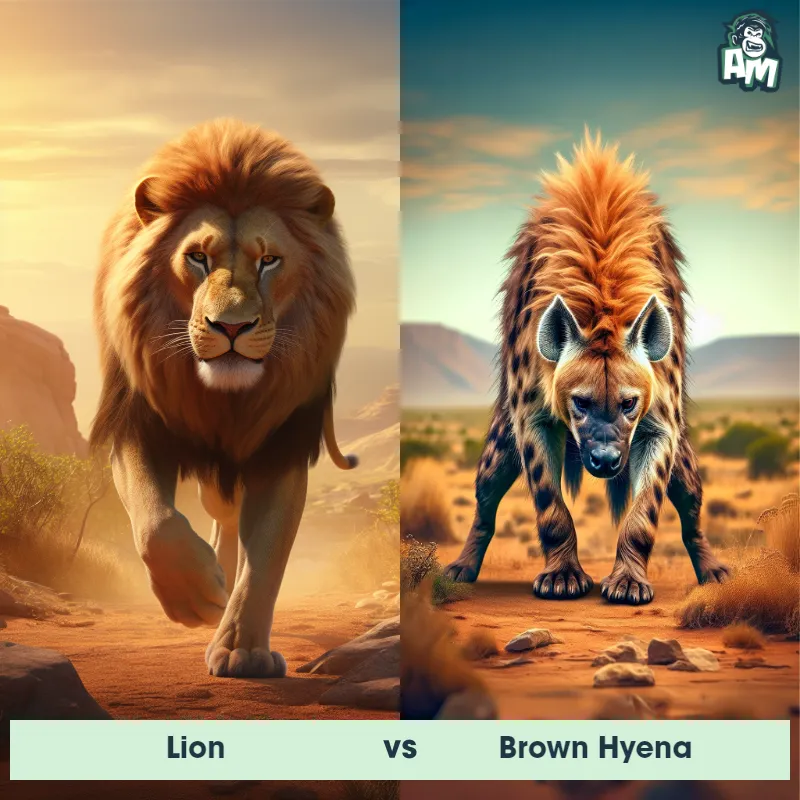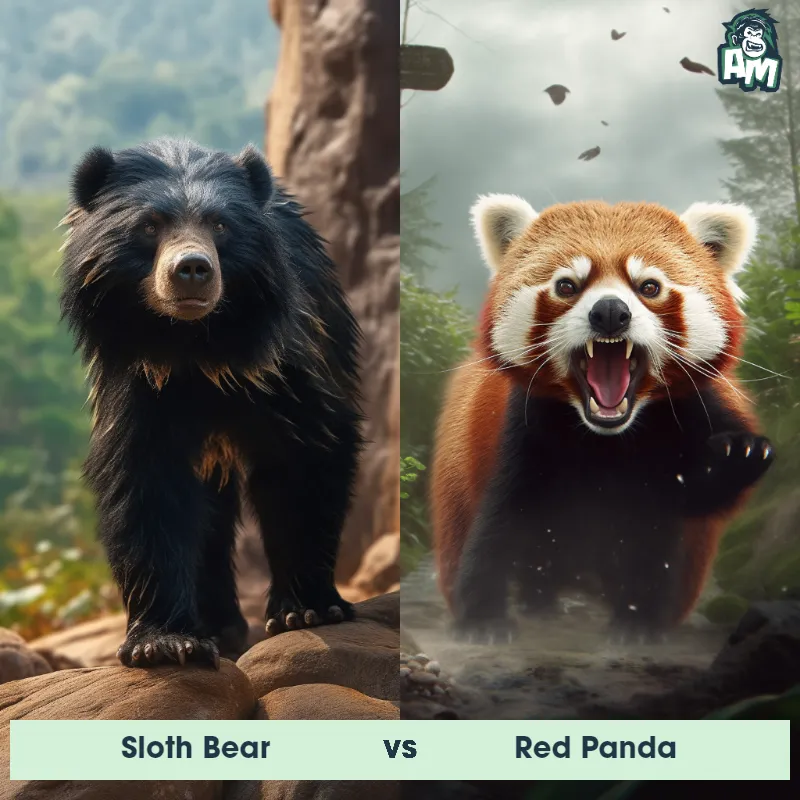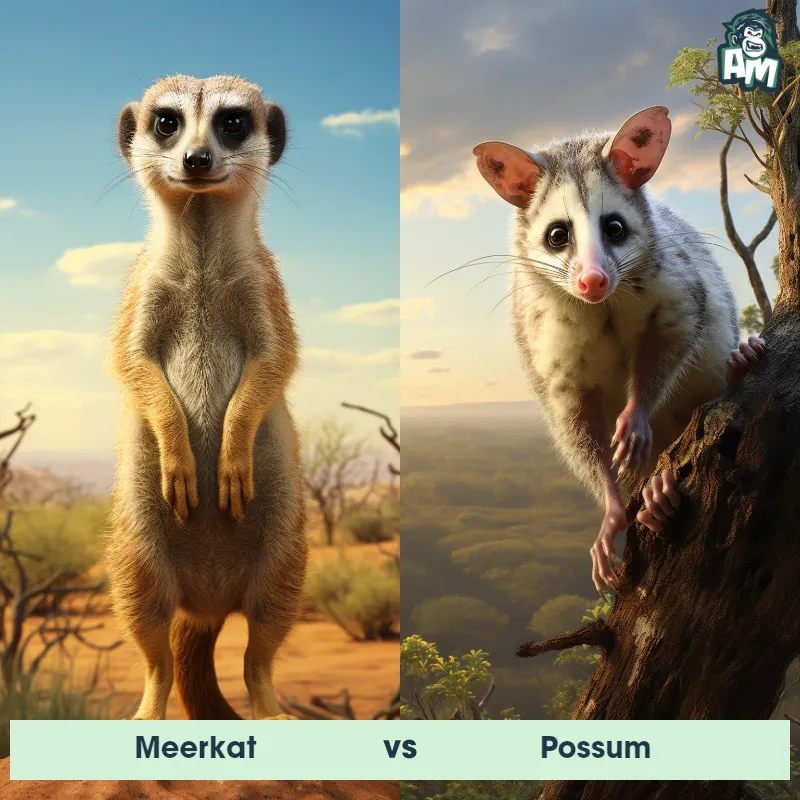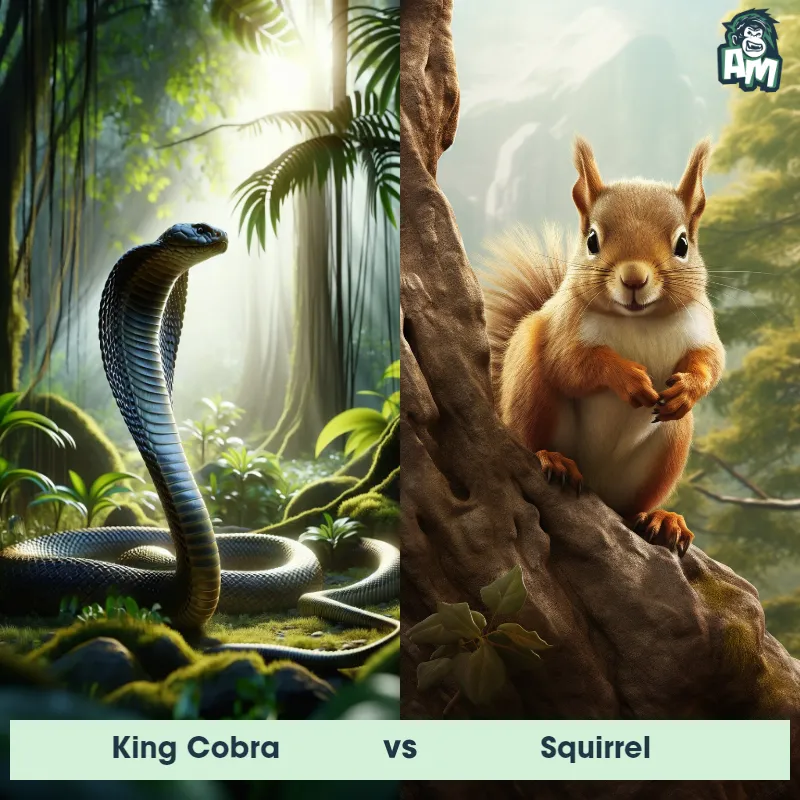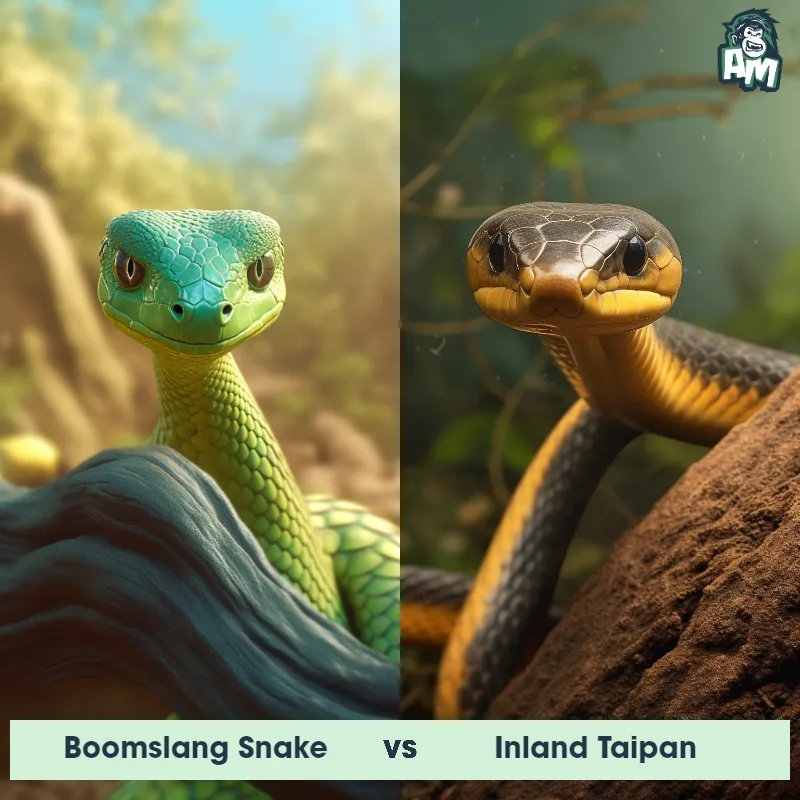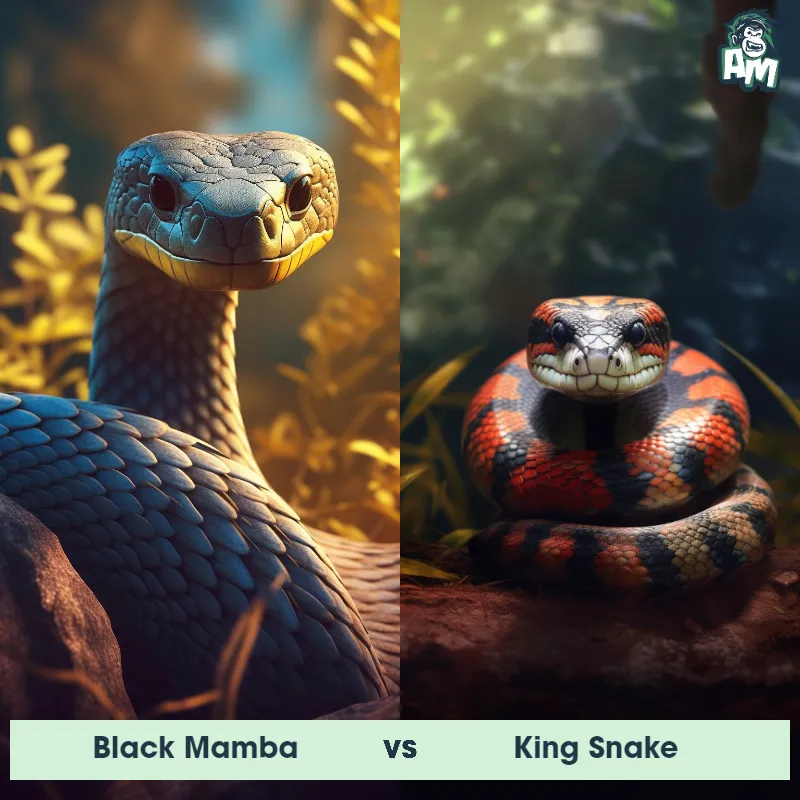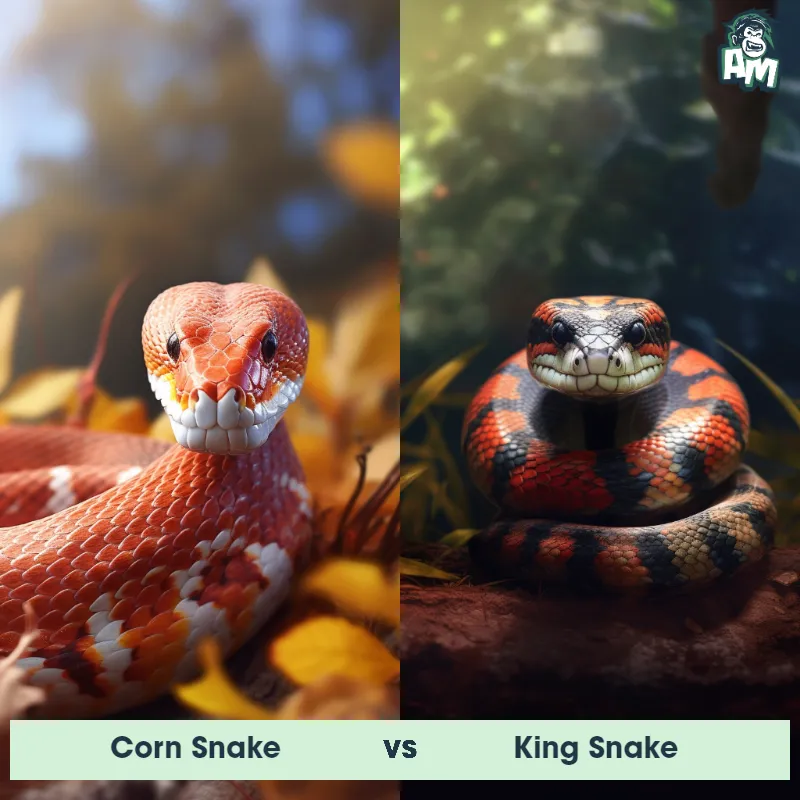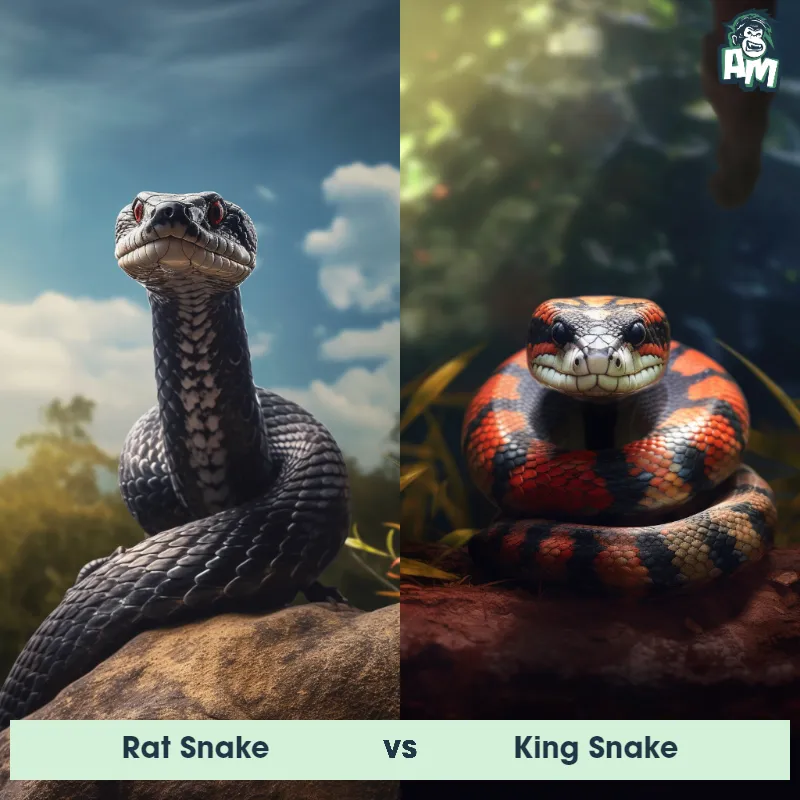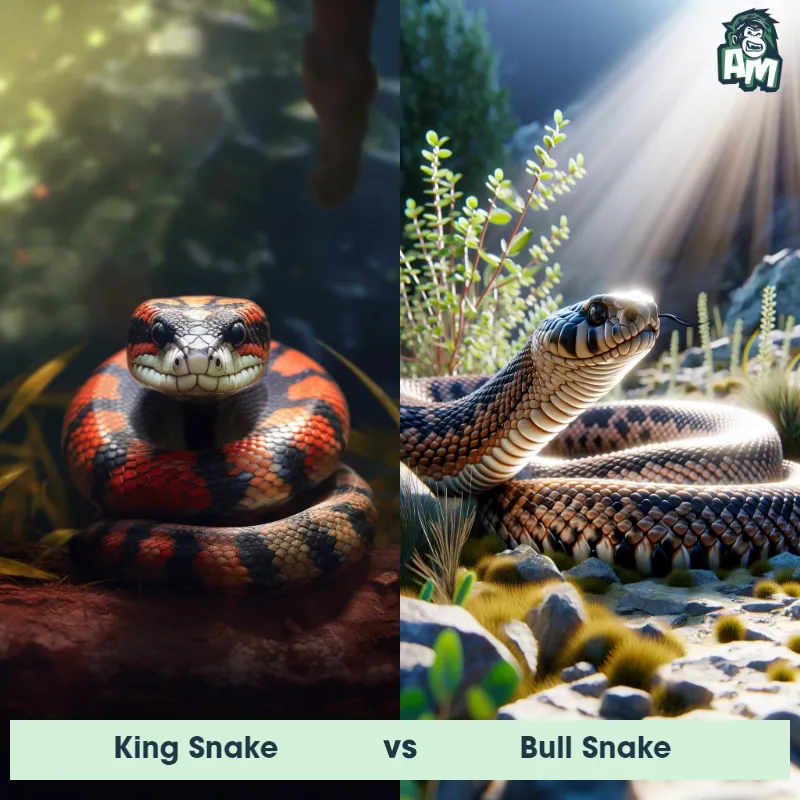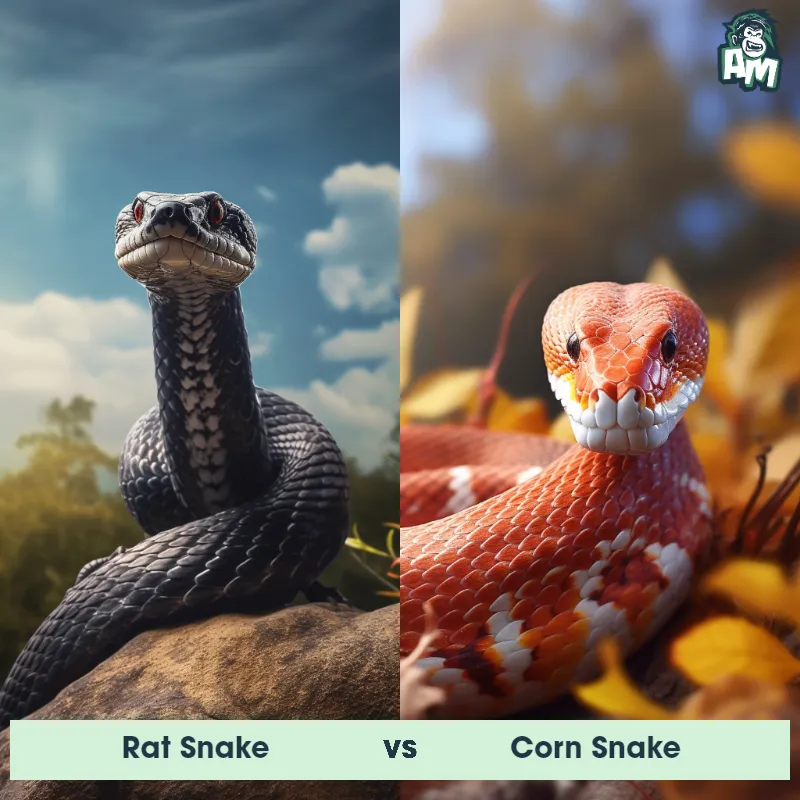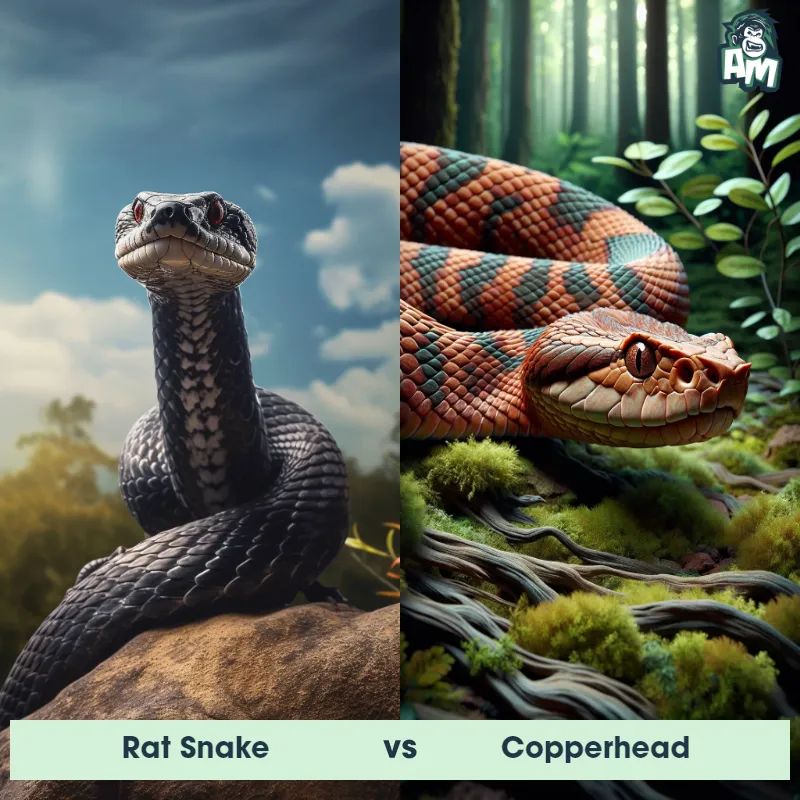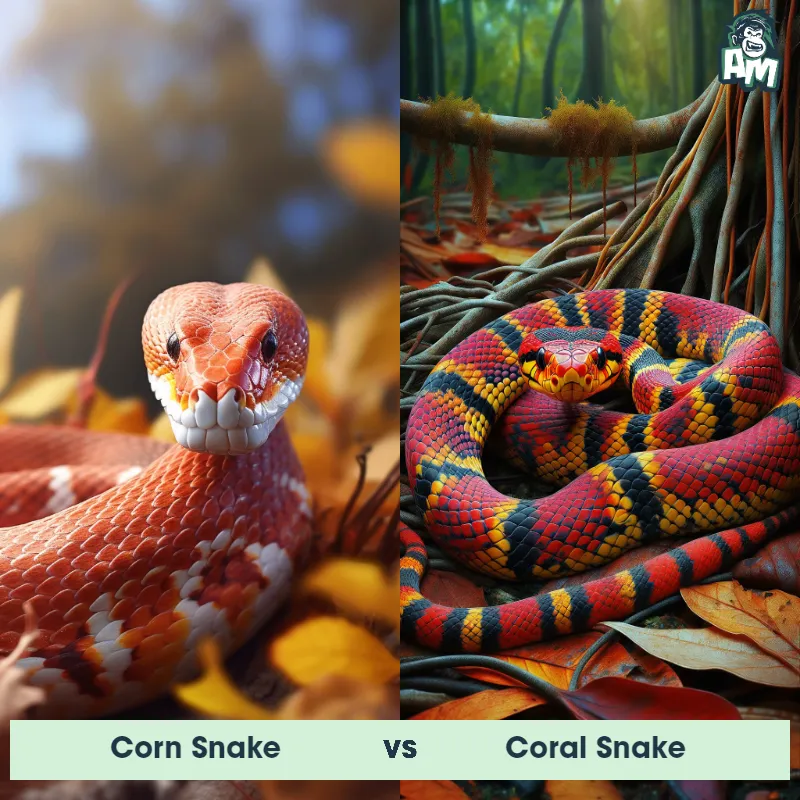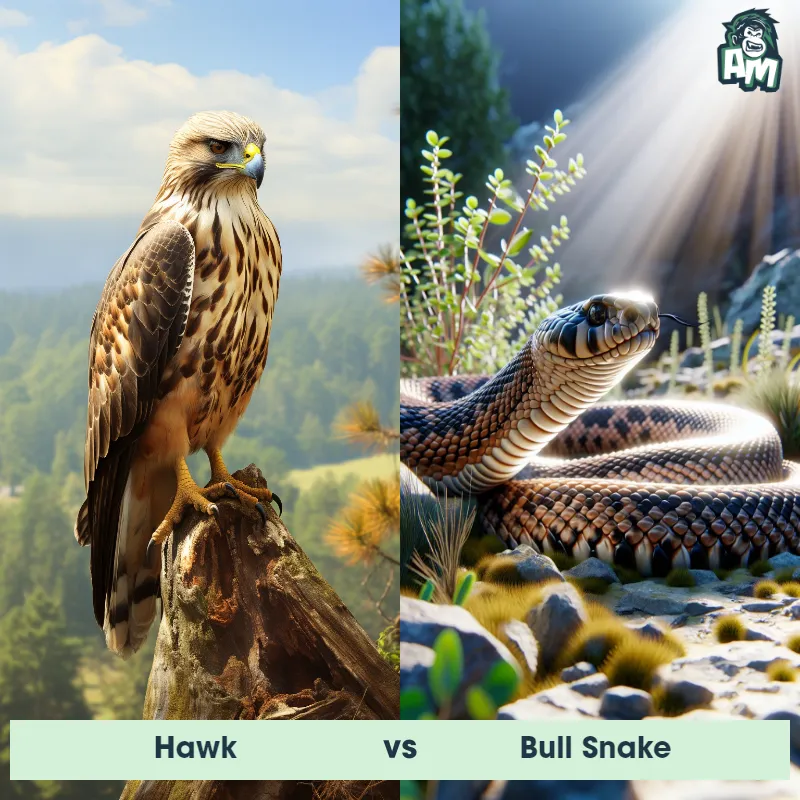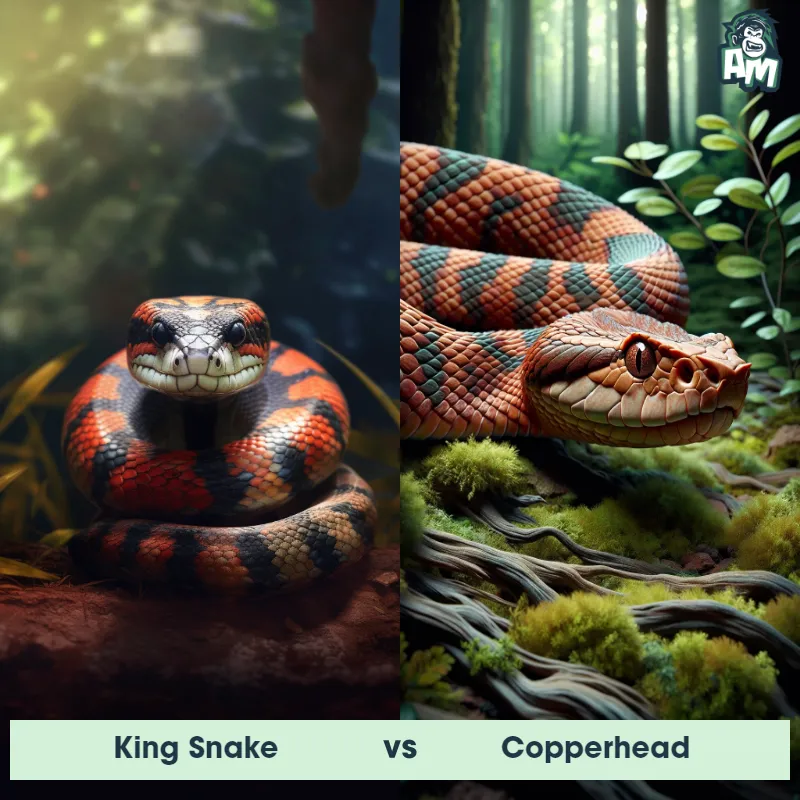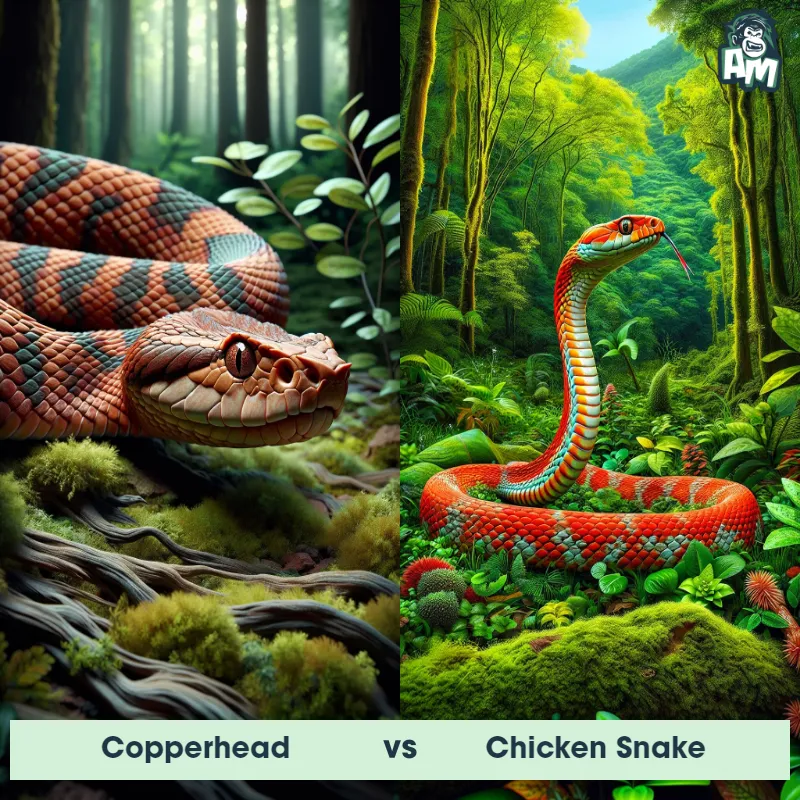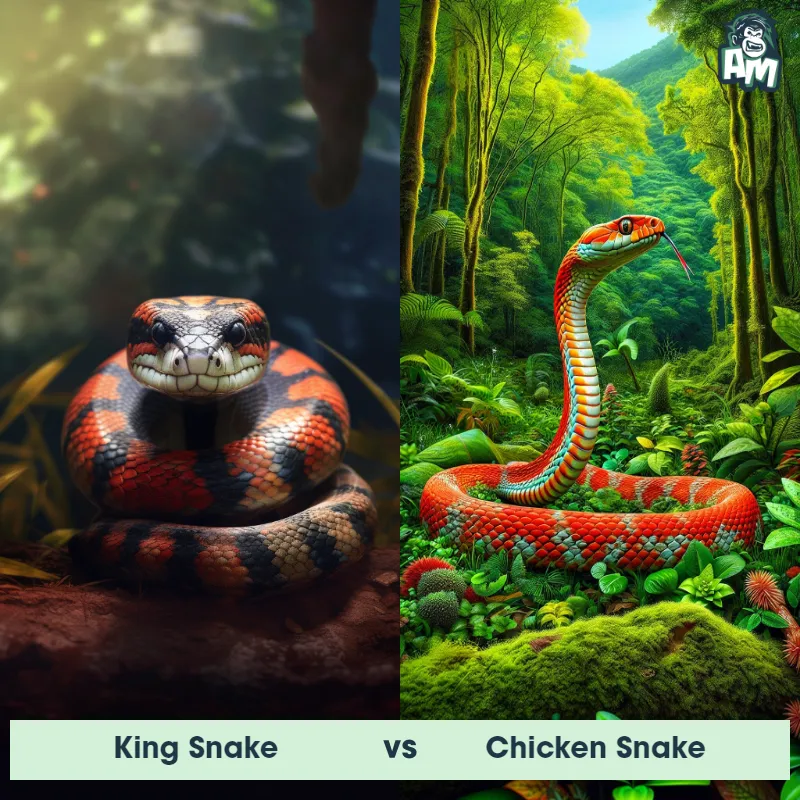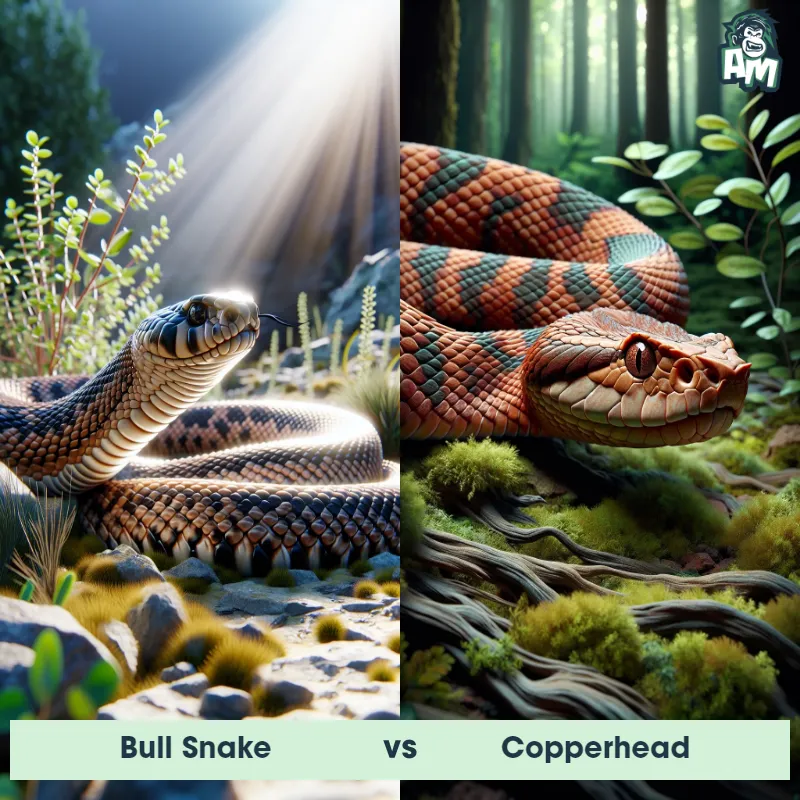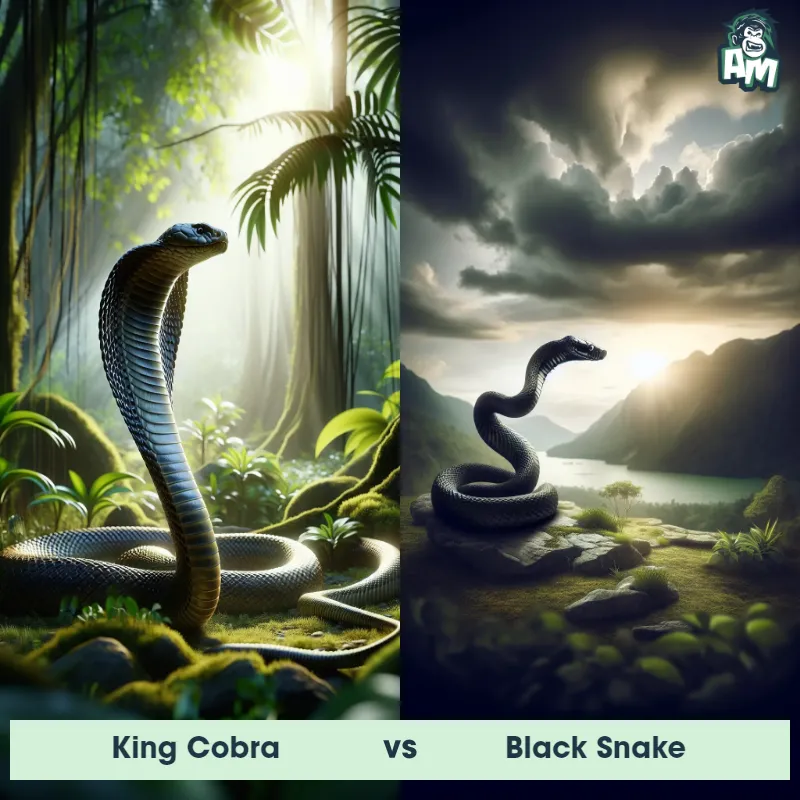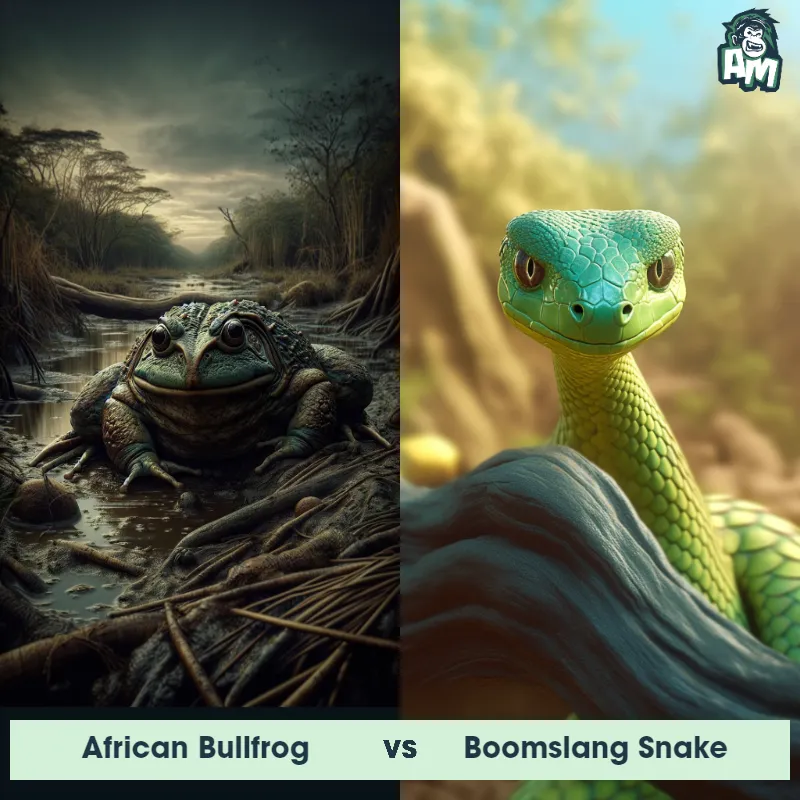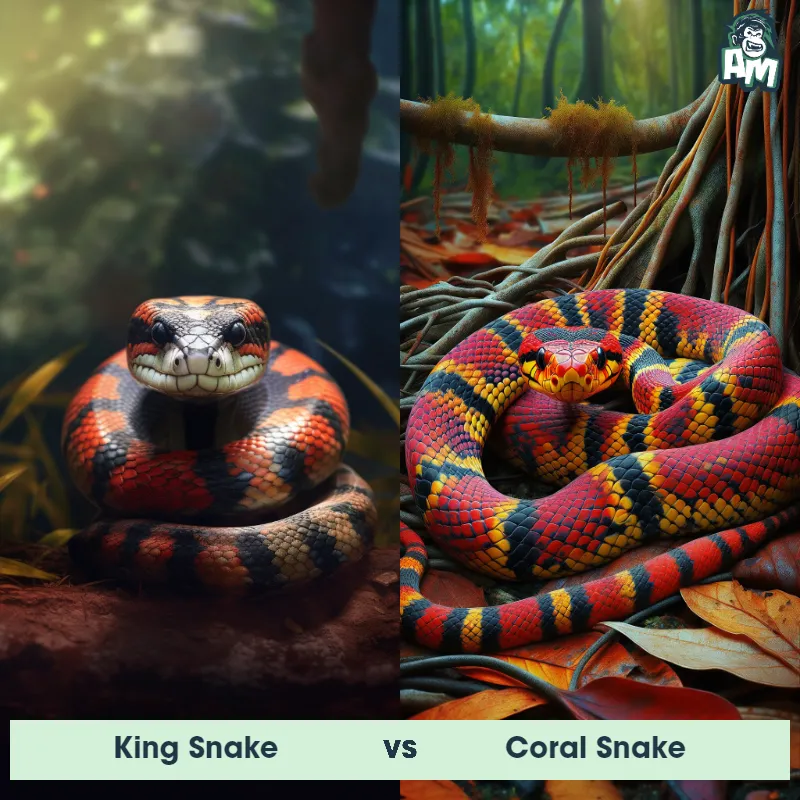Black Snake vs Bull SnakeSee Who Wins

Ladies and gentlemen, welcome to this thrilling matchup as we witness a three-round fight between two formidable opponents in the animal kingdom. In the blue corner, we have a sleek and slithering Black Snake, known for its speed and agility. And in the red corner, we have a robust and powerful Bull Snake, famous for its strength and defensive maneuvers. This promises to be an intense battle, so let's jump right into the action!
Contender 1: Black Snake
The Black Snake, also known as the black racer, is a non-venomous species of snake found in various regions across North America. It is known for its sleek, slender body and glossy black coloration, which serves as excellent camouflage in dense vegetation. Black Snakes can grow up to six feet long and have smooth scales that aid in their swift movements. They are known for their exceptional agility and speed, making them formidable hunters and escape artists. Despite their name, not all Black Snakes are black, as some individuals may have dark brown or grayish patterns on their bodies.
![[object Object] Gif](https://tenor.com/view/black-snake-slither-gif-3919099274309690325.gif)
Fun Fact: One fascinating fact about the Black Snake is that they are excellent climbers and can effortlessly scale trees and shrubs to catch their prey or bask in the sun.
Contender 2: Bull Snake
The Bull Snake, scientifically known as Pituophis catenifer, is a nonvenomous snake species found in North America. It is known for its large size, reaching an average length of 4-6 feet, with some individuals growing up to 8 feet long. Bull Snakes have an elongated and muscular body, covered in smooth scales, which can vary in color from yellowish-brown to tan. They have a series of dark blotches or saddles along their back, with a pale yellow or white belly. The head is triangular in shape and they possess large eyes with round pupils. Bull Snakes are known for their incredible climbing abilities and are skilled at burrowing. They are opportunistic feeders, consuming a variety of prey such as rodents, birds, frogs, and lizards.
![[object Object] Gif](https://tenor.com/view/bullsnake-rattlesnake-snake-strike-hissing-mimic-gif-17072855.gif)
Fun Fact: One interesting fact about Bull Snakes is that they are excellent mimics and have the ability to imitate the sound of a rattlesnake by rapidly vibrating their tail against dry vegetation, leading potential predators to believe they are facing a venomous snake and ultimately deterring them.
Matchup Stats
| Black Snake | Bull Snake | |
|---|---|---|
| Size | Up to 6 feet (1.8 meters) | 4-6 feet (1.2-1.8 meters) |
| Weight | 2lbs (0.9 kg) | 2-6 pounds (0.9-2.7 kilograms) |
| Speed | 8mph (13km/h) | 8mph (13km/h) |
| Key Strength | Speed and agility | Constriction ability |
| Biggest Weakness | Lack of venom | Lack of venom |
Current Votes
Black Snake vs Bull Snake
See Who Wins
View More Matches
Looking For More?
Similar Matches
Scientific Stats
| Black Snake | Bull Snake | |
|---|---|---|
| Scientific Name | Coluber constrictor | Pituophis catenifer |
| Family | Colubridae | Colubridae |
| Habitat | Various habitats including forests, grasslands, wetlands, and farmlands | Grasslands, deserts, scrublands, and semi-arid areas |
| Geography | Found in various regions across North America | North America |
| Diet | Primarily feeds on rodents, small mammals, birds, and eggs | Rodents, birds, frogs, lizards |
| Lifespan | 10 years - 25 years | 15 years - 20 years |
Key Differences between Black Snake and Bull Snake
- Head shape: One key distinguishing feature is the shape of the head. The Bull Snake has a broad, triangular-shaped head, while the Black Snake typically has a more slender, elongated head.
- Pattern: While the Black Snake lacks any distinct patterns, the Bull Snake often has a pattern of distinct, large blotches along its back, which can resemble a diamond or hourglass shape.
- Behavior: In terms of behavior, the Bull Snake is known to be more defensive and may hiss loudly or even mimic a rattlesnake by vibrating its tail when threatened, while the Black Snake typically exhibits less aggressive behavior and is less likely to strike or hiss when approached.
- Coloration: The Black Snake has a uniform glossy black color along its entire body, whereas the Bull Snake can have more variation in color, ranging from yellow-brown to light brown with dark brown or black blotches.
- Eye color: The Bull Snake has relatively small and dark-colored eyes, while the Black Snake has larger and more prominent eyes, often with a reddish-brown or amber color.
- Size: The Bull Snake is generally larger than the Black Snake, with adult Bull Snakes reaching lengths of 5 to 8 feet, while Black Snakes are typically around 3 to 6 feet in length.



